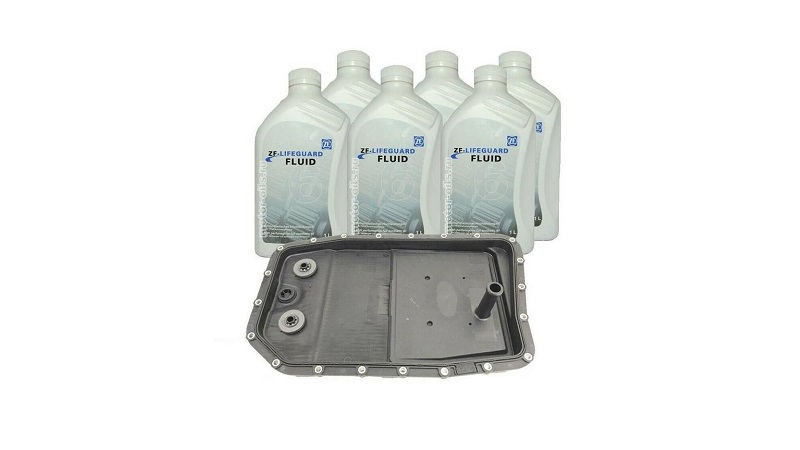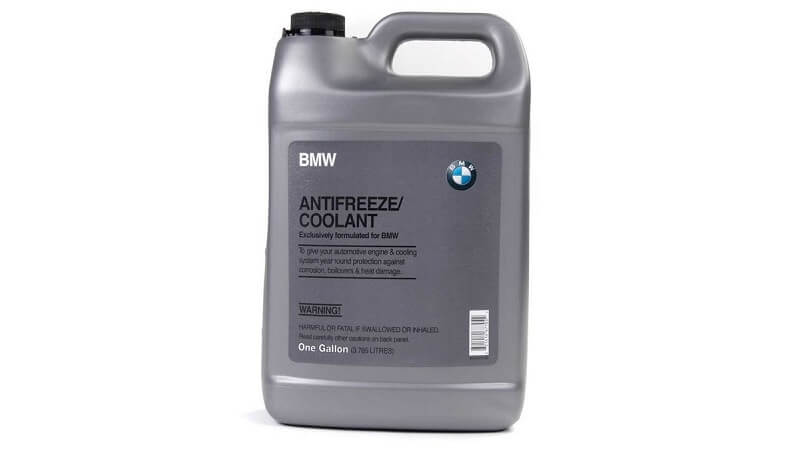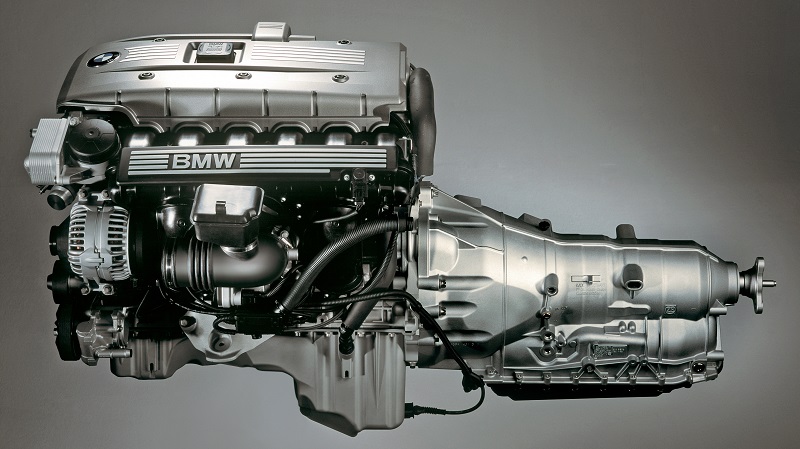When it comes to driving a BMW, you’re not just behind the wheel of a car; you’re piloting a masterpiece of engineering. Yet, even the most finely crafted machines require consistent care and attention to maintain their exceptional performance. This is where the world of vehicle maintenance enters the picture.
Among the various components that demand your vigilance, the transmission system stands out as a critical player. If you’ve ever come across the “578E” fault code on your BMW code reader, you’re in the right place. In this blog post, we’ll try to demystify the 578E BMW code, shedding light on its connection to worn transmission fluid. Buckle up as we delve into the inner workings of your BMW’s transmission system and explore why addressing worn transmission fluid is nothing short of essential for the longevity of your cherished vehicle.
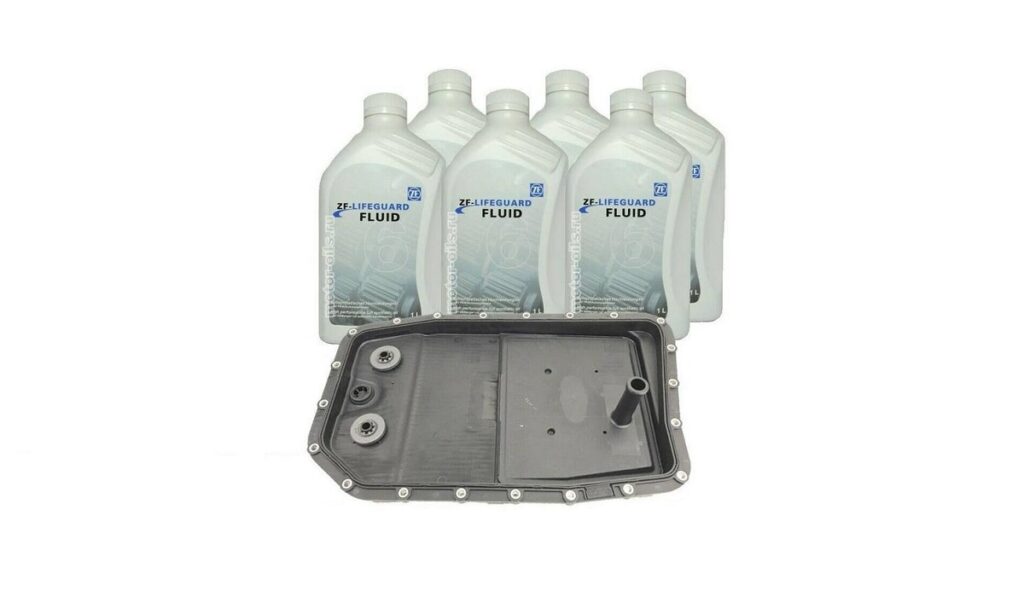
Understanding the 578E BMW Code
In the intricate realm of modern vehicles, technology play a major role in diagnostics and alerts to ensure your driving experience remains as smooth as possible. The “578E” code is BMW’s way of communicating with you about a specific aspect of your vehicle: the transmission system. This code, unique to BMW cars, serves as a digital messenger, indicating a concern related to your transmission fluid. But what does it all mean?
In essence, the BMW transmission fluid is the lifeblood of your vehicle’s transmission system. It’s not just a lubricant; it’s a multitasking performer that keeps the transmission cool, assists in smooth gear shifting, and protects internal components from wear and tear. Over time, though, this fluid can undergo a transformation. Heat, friction, and contaminants gradually take their toll, causing the fluid to degrade and lose its effectiveness.
The “578E” code, then, serves as an early warning system. It’s your BMW’s way of letting you know that the transmission fluid is showing signs of wear and tear. Ignoring this code might seem tempting, but doing so could have more significant consequences down the road, affecting not only your driving experience but potentially the health of your entire transmission system. So, consider it an invitation to investigate further and take proactive measures to keep your BMW performing at its best. In the following sections, we’ll explore the implications of worn transmission fluid and guide you through the steps to address the issue head-on.
Implications of Worn Transmission Fluid
The transmission system of your BMW is a finely tuned symphony of mechanical precision. Each gear shift, each acceleration, is orchestrated by a dance of intricate components working in harmony. However, this symphony can fall out of tune when the transmission fluid starts to lose its vitality.
- Reduced Performance — Imagine your BMW hesitating before shifting gears or experiencing a delay in acceleration response. Worn transmission fluid can lead to exactly that. As the fluid’s lubricating properties degrade, gears might not engage as seamlessly as they once did, resulting in a less exhilarating driving experience.
- Increased Wear and Tear — One of the transmission fluid’s key roles is to create a protective barrier between metal components, preventing friction and wear. When the fluid wears down, this protection diminishes, potentially leading to increased friction and stress on the transmission’s internal parts.
- Overheating Concerns — Transmission fluid doesn’t just lubricate; it also dissipates heat generated during operation. As the fluid deteriorates, its ability to keep the transmission cool becomes compromised. This can ultimately lead to overheating, a situation that poses serious risks to your BMW’s transmission health.
- Fluid Breakdown — Over time, worn transmission fluid can break down further, forming sludge and deposits that can clog small passages within the transmission system. This breakdown can restrict the flow of fluid and hinder the system’s overall efficiency.
In essence, the implications of driving with worn transmission fluid extend beyond just a minor inconvenience. They encompass potential performance degradation, increased wear, and even the risk of more severe transmission problems. Fortunately, the “578E” code acts as a timely reminder, prompting you to take action before these issues escalate. Let’s now delve deeper into understanding the “578E” code itself and explore the steps you can take to address the worn transmission fluid concern.
Addressing the 578E Code
So, you’ve encountered the “578E” code and deciphered its message about worn transmission fluid. What’s the next course of action? Let’s walk through the steps to address this issue and keep your BMW’s transmission system in top shape.
- Inspection — The first and crucial step is to perform a transmission fluid inspection. Assess the condition of your transmission fluid, confirming whether it is indeed worn and in need of replacement. This inspection provides clarity and helps you make informed decisions.
- Fluid Replacement — If the inspection confirms that your transmission fluid is worn, it’s time for a fluid replacement. Using the manufacturer-recommended transmission fluid is paramount. This ensures compatibility and maintains the system’s integrity.
- Comprehensive Service — While addressing the immediate concern of worn transmission fluid, consider a comprehensive service. This could involve flushing the entire transmission system to remove any residual old fluid and contaminants, promoting optimal performance and longevity.
- Regular Maintenance — Prevention is the key to avoiding future encounters with the “578E” code. Adhering to BMW’s recommended maintenance schedule for transmission fluid changes and check-ups will help you stay ahead of potential issues.
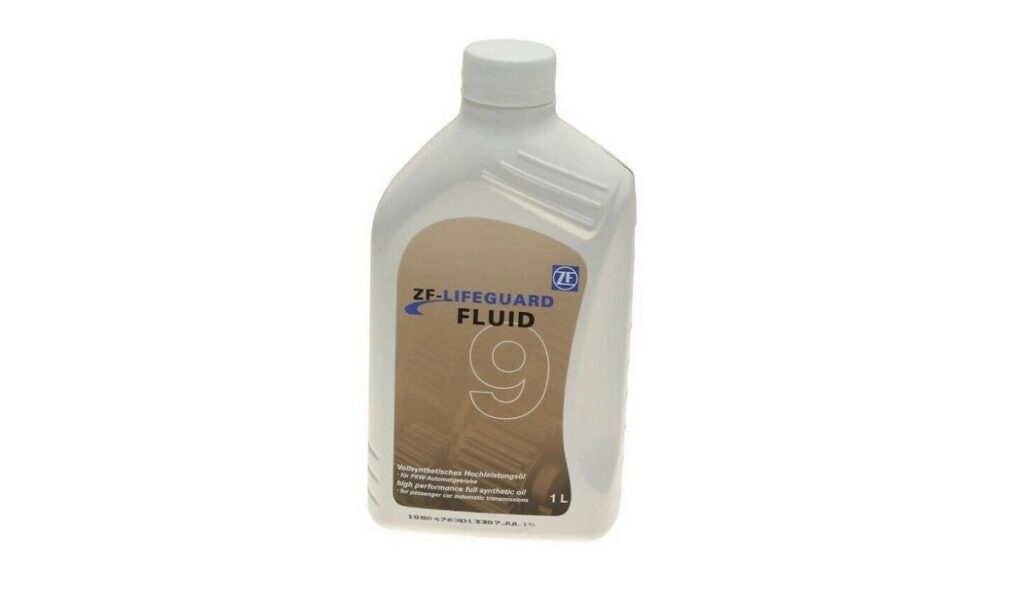
By taking these steps, you’re not only addressing the immediate concern indicated by the “578E” code but also proactively safeguarding the health and performance of your BMW’s transmission system. Remember that timely maintenance contributes to a smoother driving experience, protects your investment, and ensures that your BMW continues to deliver the exceptional performance you’ve come to expect.
Keep the 548E Code at Bay with Quality Transmission Fluids
From understanding the implications of worn transmission fluid to decoding the “578E” message, you’ve gained insights into how your BMW communicates with you. More importantly, you’ve learned that addressing this issue promptly is essential to maintaining the performance and longevity of your vehicle.
We suggest using only high quality transmission fluids for your BMW. Check out our catalog of BMW parts and find genuine BMW, ZF OEM fluids, and more!

